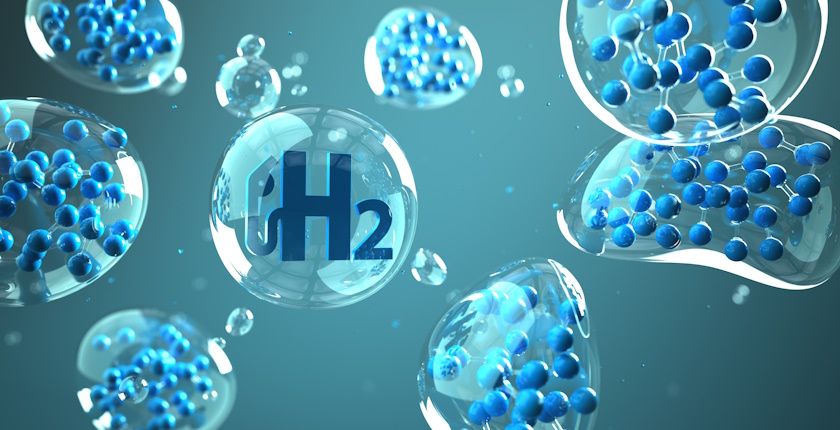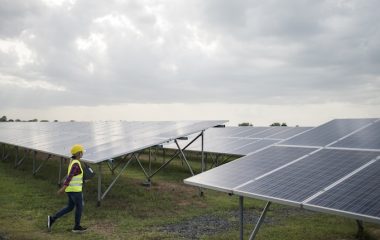
Photo: iStock
The production of the projects for low-emissions hydrogen that reached final investment decisions has doubled in the past 12 months, however, policy support is needed as demand is low, according to the International Energy Agency’s Global Hydrogen Review 2024.
A wave of new projects shows a continued momentum for low-emissions hydrogen despite challenges from regulatory uncertainties, persistent cost pressures and a lack of incentives to accelerate demand from potential consumers, IEA said.
Global hydrogen demand reached 97 million tonnes in 2023, an increase of 2.5% compared to 2022. It remains concentrated in refining and the chemical sector, and is principally covered by hydrogen produced from unabated fossil fuels. As in previous years, low-emissions hydrogen played only a marginal role, with production of less than one million tonne in 2023.
However, low-emissions hydrogen production could reach 49 million tonnes a year by 2030 based on announced projects, almost 30% more than when the Global Hydrogen Review 2023 was released. This strong growth has been mostly driven by electrolysis projects, with announced electrolysis capacity amounting to almost 520 GW.
China accounts for over 40% of projects
Announced production that has taken final investment decision doubled compared with last year to reach 3.4 million tonnes a year (Mtpa), which would increase today’s global production of low-emissions hydrogen fivefold by 2030, the update reads.
This is split roughly evenly between electrolysis (1.9 Mtpa) and fossil fuels with carbon capture, utilisation and storage (CCUS) (1.5 Mtpa).
Installed water electrolyser capacity reached 1.4 GW by the end of 2023 and could reach 5 GW by the end of 2024. China leads in terms of committed projects and could account for almost 70% of 2024 capacity.
Around 6.5 GW of electrolyser capacity reached final investment decision in the past 12 months, nearly 12% less than in the 12 months prior to GHR 2023. More than 40% of this capacity is in China and 32% in Europe, where there was a four-fold increase compared to the previous 12 months. The total electrolyser capacity that reached final investment decisions now stands at 20 GW globally.
Committed projects are mainly in industry, or to produce hydrogen-based fuels for transport, the report reads.
Birol: Low-emissions hydrogen producers need buyers
Despite new project announcements, uncertainty around demand and regulatory frameworks mean most potential production is still in planning or early-stage development, the report underlines.
According to IEA Executive Director Fatih Birol, the growth in new projects suggests strong investor interest in developing low-emissions hydrogen production, which could play a critical role in reducing emissions from industrial sectors such as steel, refining and chemicals.
“But for these projects to be a success, low-emissions hydrogen producers need buyers. Policymakers and developers must look carefully at the tools for supporting demand creation while also reducing costs and ensuring clear regulations are in place that will support further investment in the sector,” Birol noted.
Gap between government goals for production and demand
The report highlights a gap between government goals for production and demand. Production targets set by governments worldwide add up to as much as 43 million tonnes per year by 2030, but demand targets account for just over a quarter, 11 million tonnes.
Some government policies are already in place to stimulate demand for low-emissions hydrogen and hydrogen-based fuels.
Examples such as carbon contracts for difference (CfDs) and sustainable fuel quotas for aviation and shipping are triggering action on the industry side, leading to an increase in signed agreements between producers and commercial consumers. However, the progress made in the hydrogen sector so far is not sufficient to meet climate goals, the report finds.




















Be the first one to comment on this article.